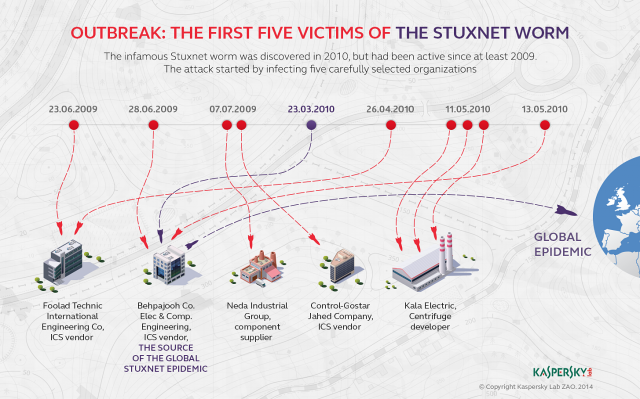For more than a decade, malicious hackers have used booby-trapped USB sticks to infect would-be victims, in rare cases to spread virulent, self-replicating malware on air-gapped computers inside a uranium enrichment plant. Now, a security researcher says he has found a way to build malicious Blu-ray discs that could do much the same thing—without any outward signs that an attack was underway.
Stephen Tomkinson, a security consultant at NCC Group, said he has devised a proof-of-concept exploit that allows a Blu-ray disc to compromise both a PC running Microsoft Windows and most standalone Blu-ray players. He spoke about the exploit on Friday at the Securi-Tay conference at the Abertay University in Dundee, Scotland, during a keynote titled “Abusing Blu-ray players.”
“By combining different vulnerabilities in Blu-ray players, we have built a single disc which will detect the type of player it’s being played on and launch a platform-specific executable from the disc before continuing on to play the disc’s video to avoid raising suspicion,” Tomkinson wrote in an accompanying blog post. “These executables could be used by an attacker to provide a tunnel into the target network or to exfiltrate sensitive files, for example.”
Read 4 remaining paragraphs | Comments







